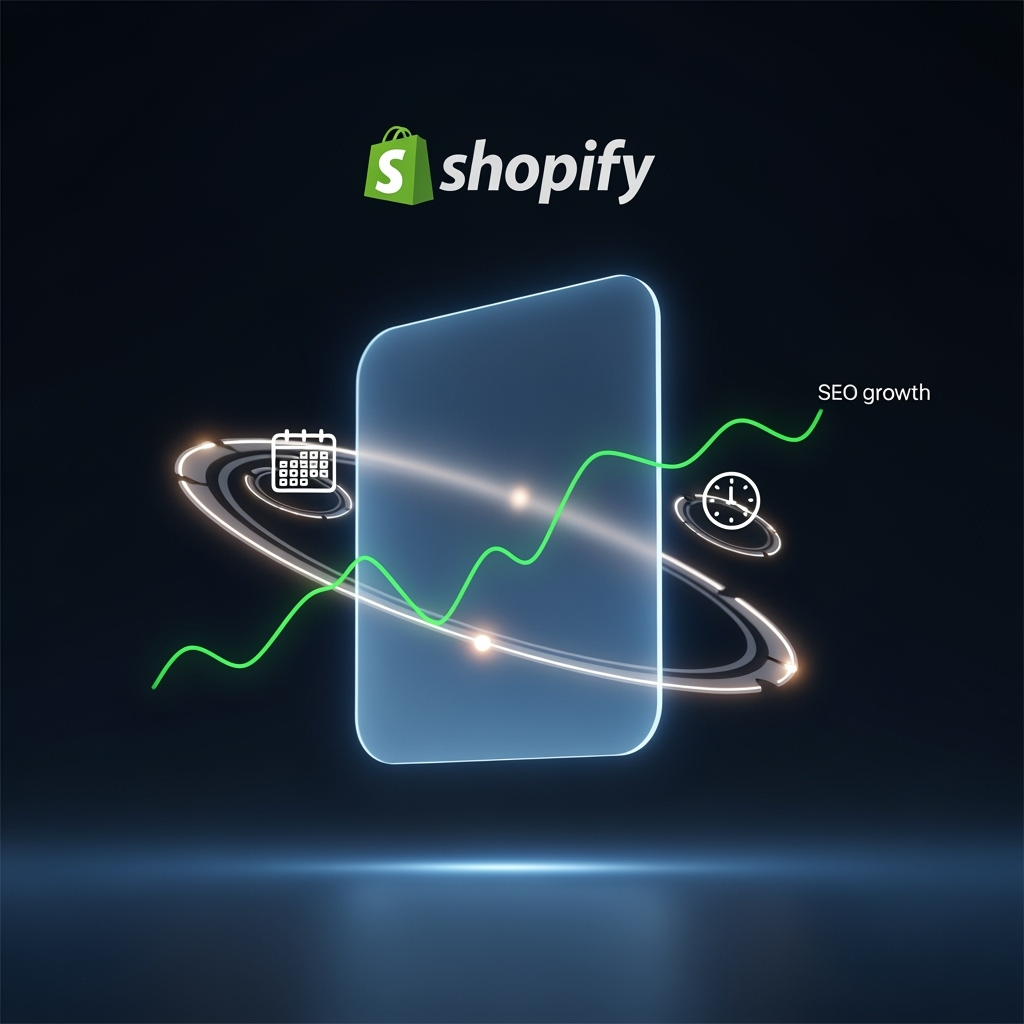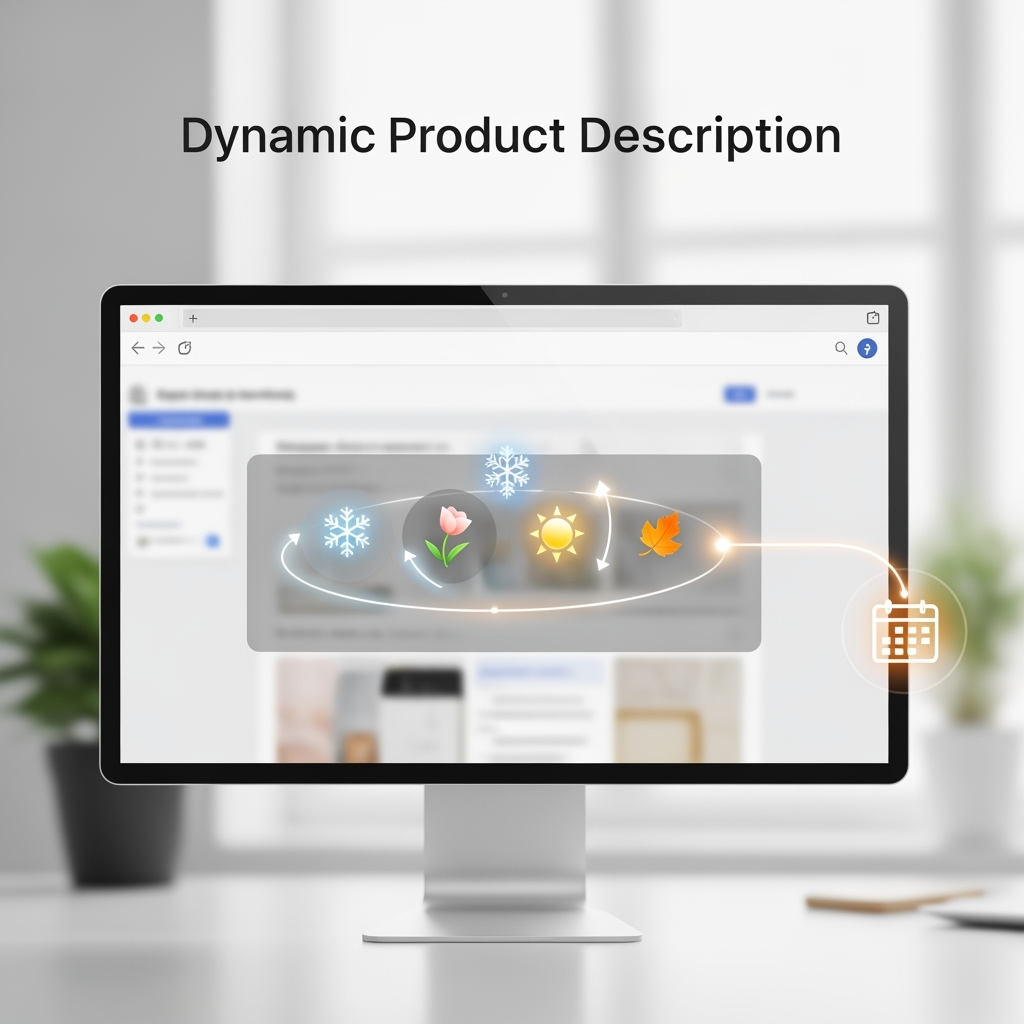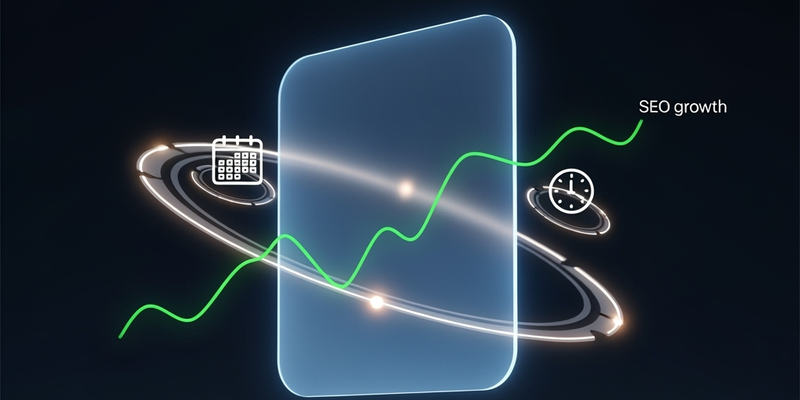
Lipiec - Tydzień 1: Analiza Słów Kluczowych i Intencji
Zrozumienie intencji użytkownika to fundament nowoczesnego SEO. W tym tygodniu wyjdziemy poza proste wyszukiwanie fraz.
Twoje zadania na ten tydzień:
- Zidentyfikuj Główne Typy Intencji: Podziel swoje kluczowe frazy na cztery kategorie: Informacyjną ('jak zrobić...'), Nawigacyjną ('aseo24 logowanie'), Transakcyjną ('kup buty do biegania') i Komercyjną ('najlepszy hosting 2025').
- Przeanalizuj SERP: Wpisz swoje najważniejsze frazy w Google i zobacz, jakie typy treści zajmują czołowe pozycje. Czy są to wpisy blogowe, strony produktowe, filmy? To da Ci jasny sygnał, jakiego formatu treści oczekuje Google.
- Mapuj Intencje do Ścieżki Klienta: Dopasuj znalezione frazy i intencje do poszczególnych etapów podróży Twojego klienta – od świadomości, przez rozważanie, aż po decyzję o zakupie.
Prawidłowe dopasowanie treści do intencji drastycznie zwiększa jej trafność, co prowadzi do wyższych pozycji i lepszej konwersji.




